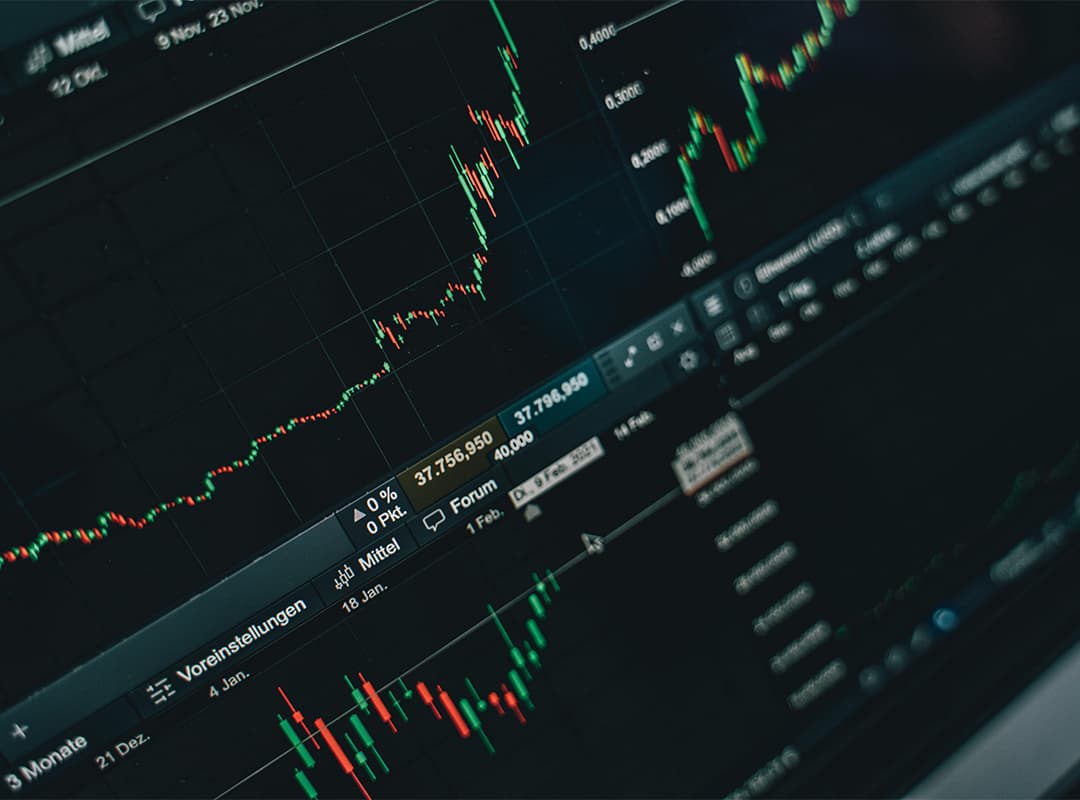As soon as we talk about making money with cryptocurrencies, the words “sale” and “mining” immediately appear in the dialog. And while buying and selling is clearer, cryptocurrency mining can be confusing for newcomers to the field. It is worth dispelling the misconception that this process is similar to a computer game in which a hero is looking for precious stones in a cave. In fact, this is a computational process performed by the technical power of the equipment.
What is Bitcoin mining today?
The cryptocurrency ecosystem is a decentralized system that exists, functions, and is protected by special pieces of information. These fragments contain all the necessary data about the coins, their travel history, and the owner, and it is all recorded in a special blockchain. For each subsequent financial transaction, a “fresh” block is required, which will then join the general chain.
Creating new blocks is what crypto mining is all about. In fact, miners do not create coins, but form blocks for transactions for which they receive payment in coins, which is their reward.
The peculiarity of this process is that computing operations require very powerful equipment, and the entire system requires an extremely large network for its life and functioning. Each miner who joins the creation of blocks becomes part of the global hashrate of the currency ecosystem and supports its viability.
Is bitcoin mining still profitable?
The Internet space is full of expert opinions, unofficial studies, and critical articles about mining. The main question that most people are interested in is whether mining cryptocurrency is profitable. And the answer is yes, it is, but only if you take the right approach.
There are several reasons why dealing with bitcoin is profitable:
- Growth in demand and price. Bitcoin is already fully used at the level of the global commercial market, by funds and exchanges. Bitcoin halving helps to maintain its viability and high demand, volatility preserves the value of each coin, and the network is projected to peak around 2140;
- Technical progress. Systems and technologies are constantly improving, changing and adapting to new requirements of society and consumers. Cryptocurrencies are no exception to the rule. They are being modernized, methods and ways to work with them are being developed, and the technical potential of computers is growing. This allows mining to obtain modern tools, which is also becoming relevant and in demand;
- Global growth. The network is growing exponentially all the time, but its borders are still very far away. If we take the planned number of coins as a benchmark, 21 million are planned to be added to the system, and the 2024 halving will work when the number reaches only 840 thousand. So there is still enough space for everyone, and there is a need for it;
- States see prospects. At the legal and legislative level, cryptocurrencies are currently rather poorly regulated, but government agencies are constantly working on this issue. So, they see the rationality in this, and this is another indicator for users, miners, and businesses.
Of course, there are risks in any business. However, in terms of mining, the potential threats are much lower than in the same currency trading.
